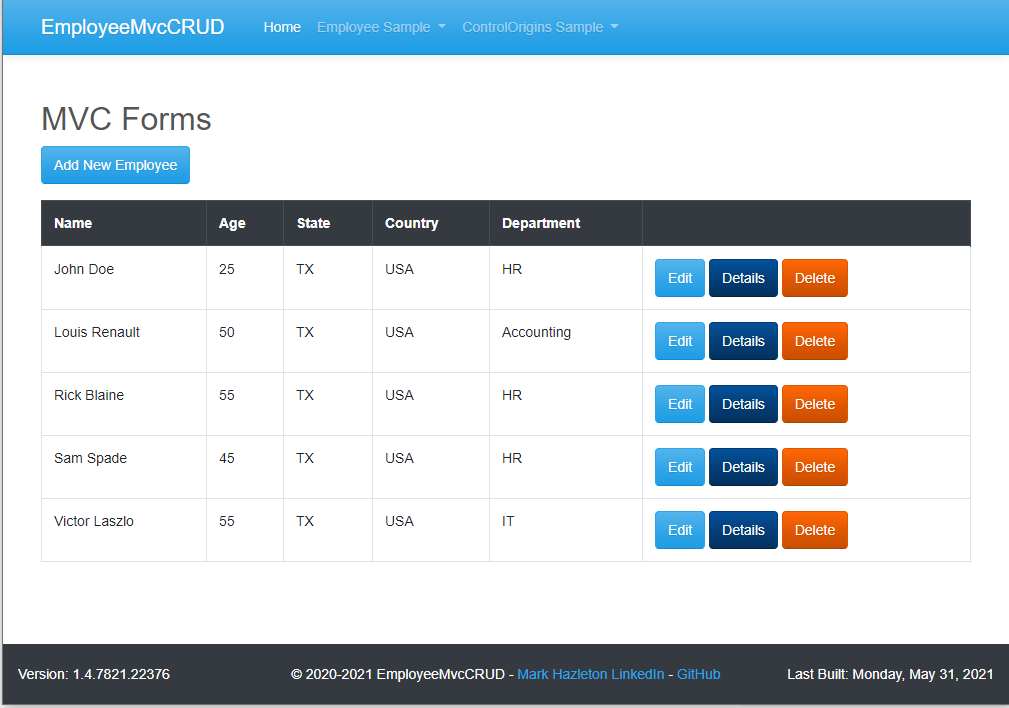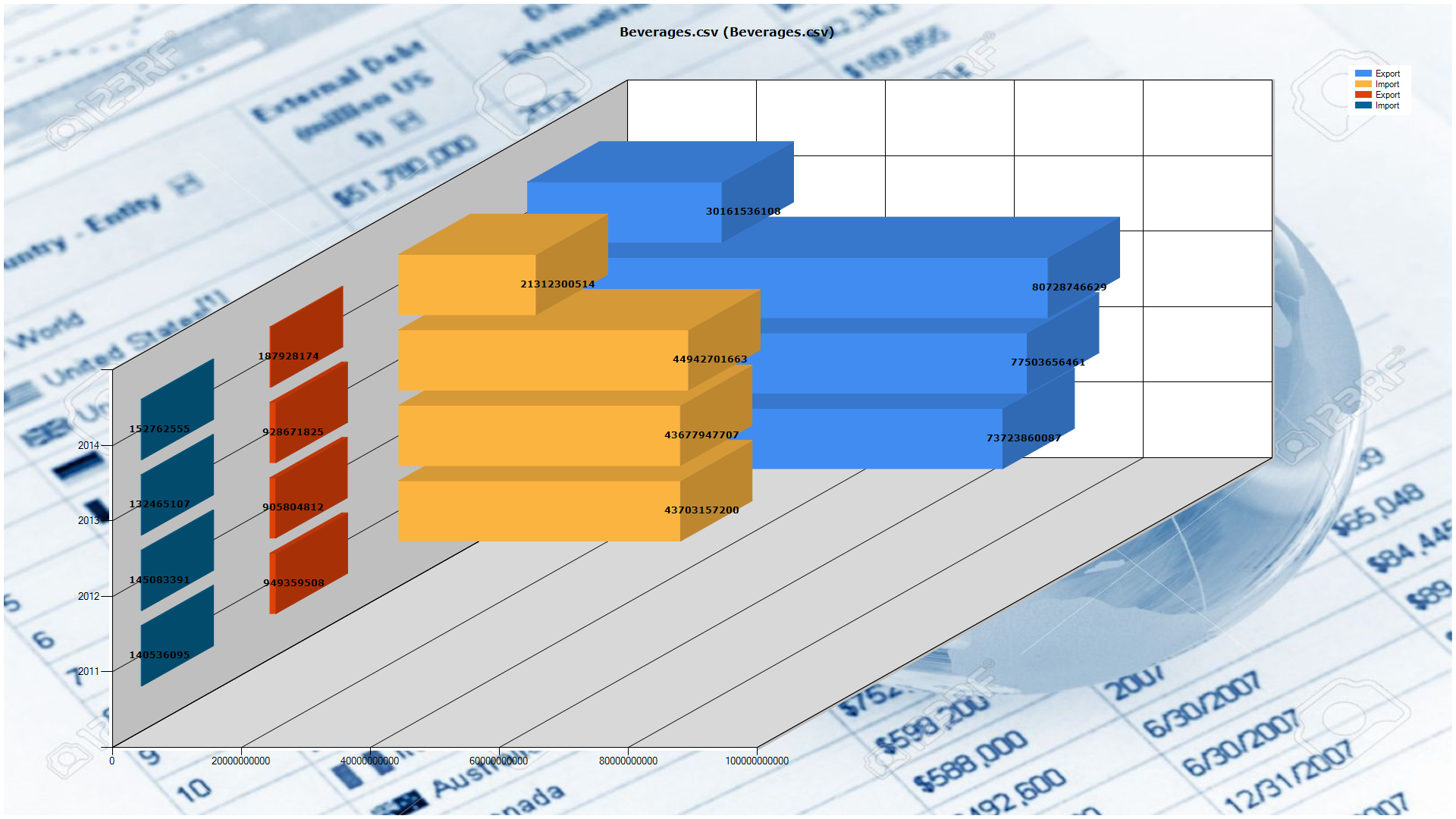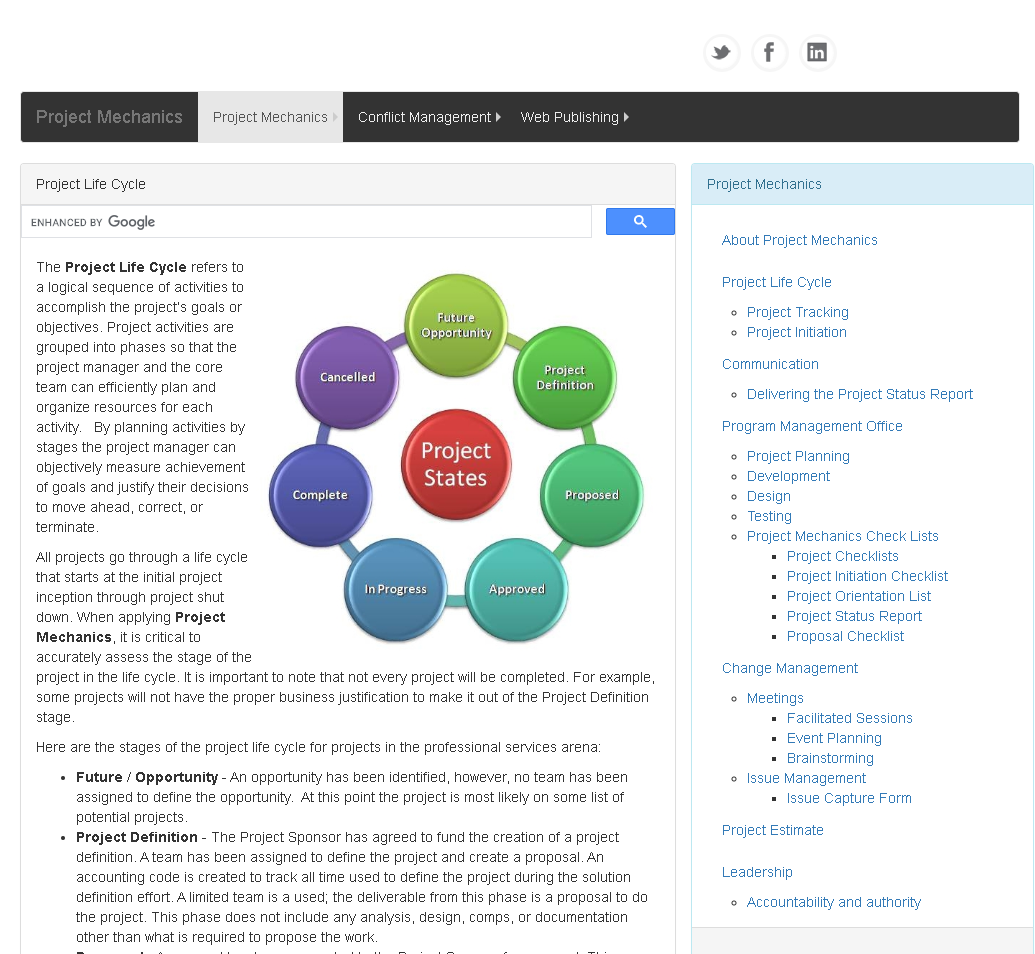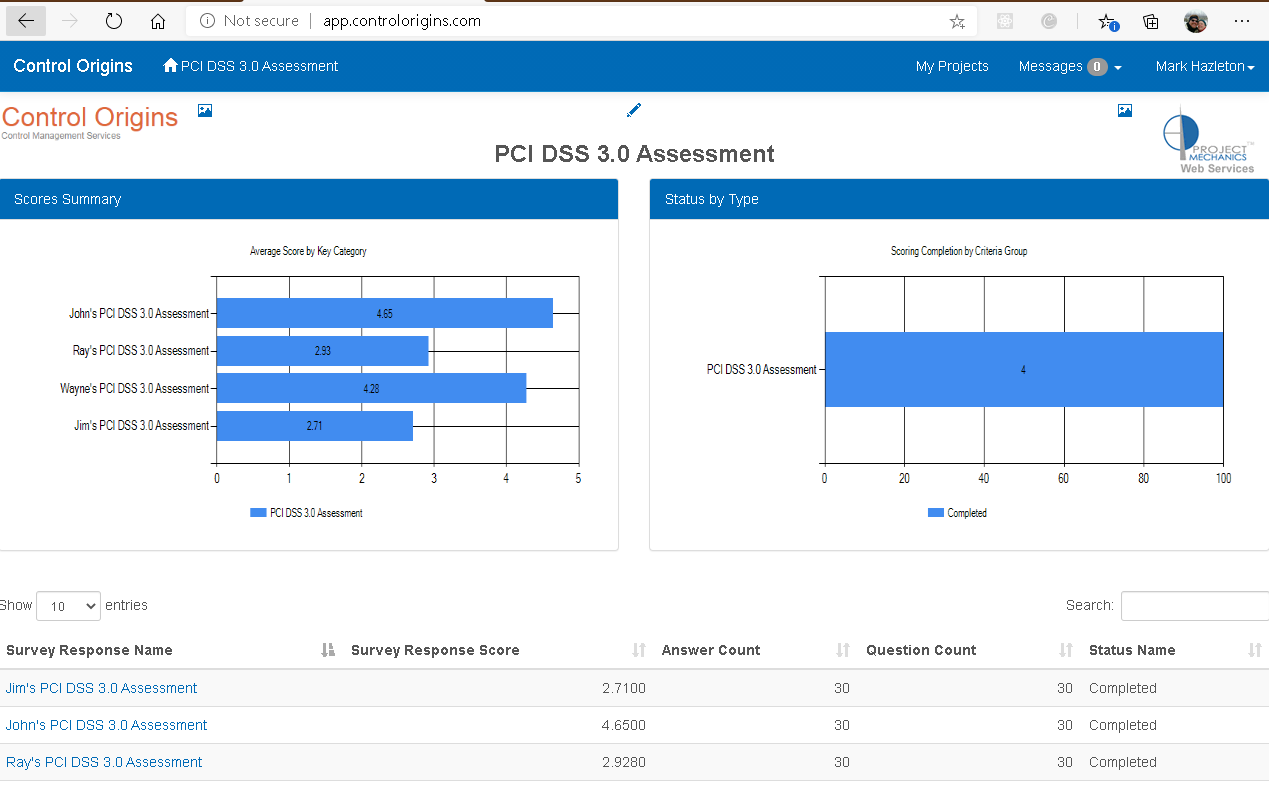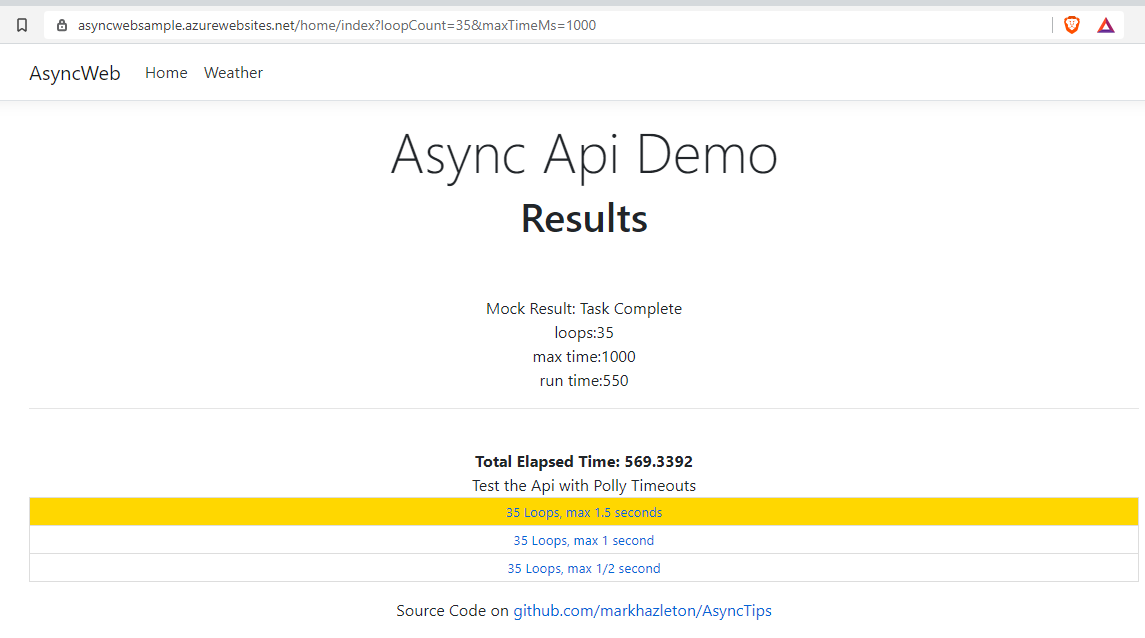Data & Analytical Models
Rapidly cross-referencing and analyzing an organization's processes against regulatory requirements and best practice frameworks is a critical component of any transformation assessment. Mapping those varied elements to an organization's roles, skills and responsibilities can only be efficiently accomplished with a robust data and analytics model.
Evaluating enterprise IT processes should begin with creation of a clear 'baseline' of the current process and control environment. To establish the baseline, the relationship between procedures, standards, roles, skills, best practices, regulatory requirements must be explicitly defined. Once defined, the baseline is used to complete a 'gap analysis' of an organization’s process and control hierarchy through a capability maturity assessment process.
Bottom line:
The Control Origins team leveraged deep experience in processes and industry best practices as well as cloud-based application development and hosting to build a modeling framework accessible through web-based, mobile or 'stand-alone' windows user interfaces. Web-based user interfaces can be cumbersome and ineffective for data collection across complex data domains (applications, roles, skills etc.). Data collection, data analysis, data visualization and relational evaluation is tailored to the most effective approach for the data domain being analyzed.
